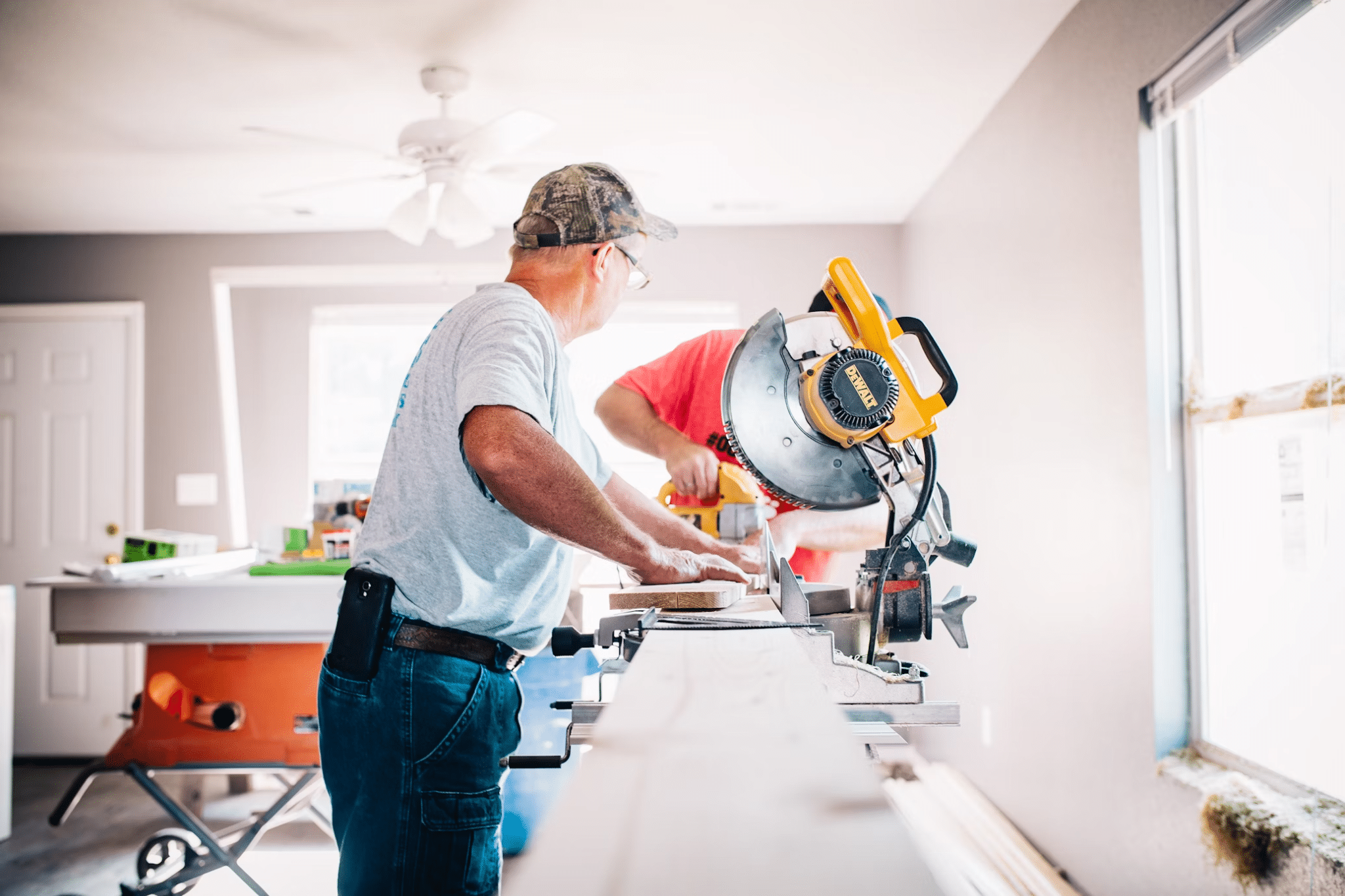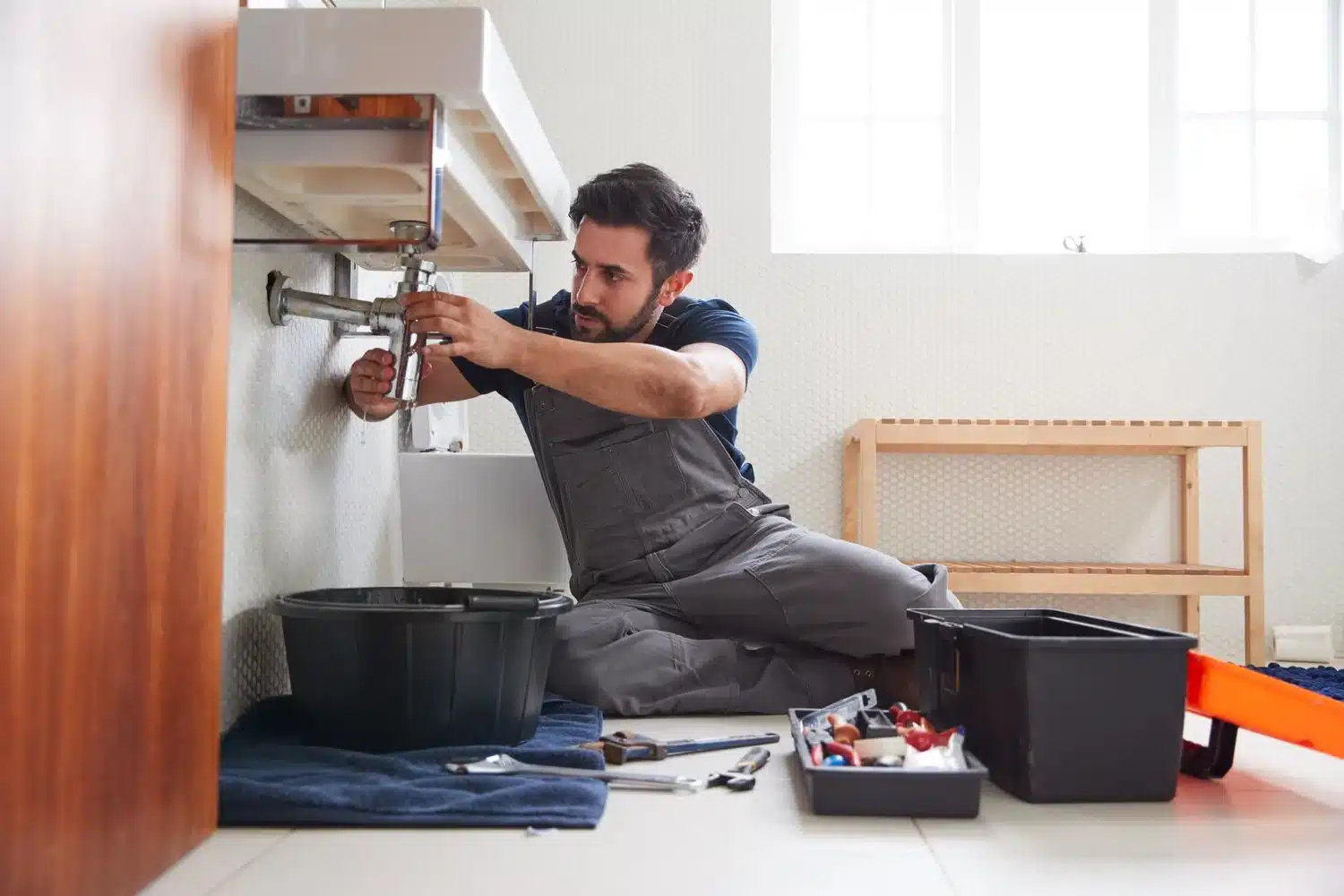How to Make Wood Drawers Slide Easier
Do your wooden drawers stick and refuse to open smoothly? I know how annoying it can be – I’ve dealt with stubborn drawers in my old dresser for years.
It’s frustrating when you need something quick but pull and push to open the drawer.
The good news is that you can fix sticky drawers without spending much money or time. I’ve tested several methods that work well and am happy to share them with you.
In this guide, I’ll show you simple ways to improve the sliding of your wood drawers.
You’ll learn about cleaning techniques, the best lubricants, and smart fixes that will help your drawers move like new again.
Why Do Wooden Drawers Stick?
- Wood swells with moisture: In humid spaces like kitchens and bathrooms, wood expands and makes drawers tight
- Dirt and debris:
- Dust collects in drawer tracks
- Food crumbs fall into gaps
- Small particles build up over time
- These act like tiny roadblocks
- Contact problems:
- Drawer edges rub against the frame
- The sides might not line up straight
- Wood warping creates tight spots
- Uneven wear on sliding surfaces
- Surface issues:
- The old finish gets gummy
- Paint becomes sticky
- Wood loses its smooth feel
- Rough spots develop on sliding parts
- Worn-out parts:
- Track surfaces get rough
- Rails lose their shape
- Guide strips wear down
- Corners get rounded off
How to Make Wood Drawers Slide Easier
Tools & Materials Required
- Clean cloth or rag
- Petroleum jelly
- Small container
- Paper towels for cleanup
- Flat working surface
Step-by-Step Process
- Prepare your workspace:
- Clear the area around the furniture
- Take out the drawer fully
- Place the drawer on a flat surface
- Check drawer condition:
- Look at wooden tracks
- Clean off any dirt
- Note rough spots
- Remove loose debris
- Apply petroleum jelly:
- Put jelly on your finger
- Spread along drawer tracks
- Cover both sides evenly
- Focus on the front edges
- Add extra where needed
- Final steps:
- Put drawer back in place
- Slide it in and out several times
- Wipe away extra jelly
- Test movement
- Clean up any spills
Note: While this method works, I recommend using paraffin wax instead of petroleum jelly for long-term care, as jelly can attract dust over time.
DOWNLOAD THE ENTIRE GUIDE FOR MAKING WOOD DRAWER SLIDE EASIER FROM THIS PDF
Certain Maintenance & Cleaning Methods to Follow
Below are my maintenance and cleaning methods to keep wooden drawers working smoothly.
1. Daily Care Tips
- Keep drawers clean and dry:
- Wipe spills right away
- Use soft cloths only
- Avoid getting water inside
- Clean out new spills fast
- Stop moisture from sitting
- Regular cleaning steps:
- Remove items from drawers
- Use the brush on your vacuum
- Get into every corner
- Look for hidden dirt spots
- Clean both drawer and frame
2. Monthly Check-up
- Inspect the hardware:
- Look at all screws
- Test if handles are tight
- Check drawer glides
- Fix loose parts fast
- Replace broken pieces
- Track maintenance:
- Clear out track channels
- Feel for rough spots
- Test drawer movement
- Listen for odd sounds
- Fix small issues early
3. Deep Cleaning (Every 6 Months)
- Full drawer care:
- Take drawers out
- Clean all surfaces well
- Let parts dry fully
- Look for wear signs
- Fix problems you find
- Prevention tips:
- Line drawers with paper
- Put heavy items in front
- Don’t overfill drawers
- Keep sharp things covered
- Watch for water damage
By following these steps, your drawers will last longer and work better.
Top Lubrication Methods to Consider

Check out the best lubrication methods I’ve tested for wooden drawers that make a difference.
1. Best Wax Options
- Paraffin Wax Method:
- Take the drawer out and lay it on a flat work surface.
- Clean both the drawer sides and the cabinet tracks with a dry cloth.
- Rub the paraffin wax block firmly along all sliding surfaces of the drawer.
- Make sure to coat the bottom edges and sides that touch the cabinet.
- Put the drawer back and slide it several times to spread the wax.
- Candle Wax Technique:
- Pick a plain white candle without any dyes or scents.
- Remove the drawer and place it where you can reach all sides.
- Press the candle firmly against every surface that slides.
- Work the wax into corners and edges that make contact.
- Test the drawer movement after putting it back.
2. Safe Powder Options
- Soap Bar Method:
- Use a plain, dry bar of soap without any lotions or oils.
- Run the soap along the drawer tracks and runner strips.
- Apply extra soap to spots that seem to stick more often.
- Push the drawer in and out to work in the soap.
- Repeat the process if needed for smoother sliding.
- Talcum Powder Application:
- Start with completely dry and clean drawer tracks.
- Sprinkle a thin layer of talcum powder on all sliding parts.
- Use a brush to spread the powder into tight spaces.
- Move the drawer back and forth to distribute the powder.
- Wipe away any extra powder that spills out.
Maintenance Tips
- Reapply your chosen lubricant every three to six months.
- Clean off old lubricant before adding new layers.
- Test the drawer movement after each application.
- Keep track of which method works best for your drawers.
- Watch for signs that you need to apply more lubricant.
What Not To Use
- Stay away from cooking oils or sprays.
- Never use WD-40 or similar oil products.
- Skip silicone sprays that can stain wood.
- Avoid anything that might leave a sticky residue.
- Don’t use petroleum-based products on wood.
How Often Should You Lubricate Wooden Drawers?
For most drawers in your home, adding lubricant every six months works well. But this timing can change based on how much you use them.
Think about your kitchen drawers – they open and close many times each day. These busy drawers might need care every three months to stay smooth.
I’ve noticed bathroom drawers often need help every four months because of changing moisture levels. But those drawers in your guest room that rarely open? Once a year might be enough.
Pay attention to what your drawers tell you. If you hear squeaking, feel sticking, or need extra force to open them, it’s time for lubricant – even before your regular schedule.
Watch out in humid weather, too – moisture makes wood expand and stick more.
Want a simple way to remember? Check your drawers when the seasons change. Fix any that don’t slide well, and you’ll prevent problems before they start.
What are the Alternative Solutions to Make It Easier

Hardware Updates
- Add drawer slides:
- Get metal or plastic slides from hardware stores
- Pick slides that match your drawer size
- Install them on drawer sides
- Make sure they’re straight and level
- Test the movement after the setup
Surface Fixes
- Sanding method:
- Use medium-grit sandpaper first
- Move to fine grit for finishing
- Sand only the parts that rub
- Clean off all dust after
- Test the fit as you go
Rail Improvements
- Add guide strips:
- Cut thin wood strips to size
- Place them on drawer bottoms
- Secure with small nails or glue
- Make sure they’re straight
- Let any glue dry fully
Alignment Solutions
- Shim technique:
- Find spots where drawers tilt
- Cut small wood pieces as shims
- Place shims under low spots
- Check drawer movement
- Adjust until it’s smooth
Quick Fixes
- Adjust drawer position:
- Look for uneven gaps
- Loosen screws slightly
- Move the drawer to center it
- Tighten everything back
- Test the movement
Remember: Sometimes, the simplest fix works best.

Conclusion
Now you know why wooden drawers get stuck and how to fix them. I’ve shared the best methods for me – from simple cleaning to waxing and even some quick hardware fixes.
Taking care of your drawers isn’t hard. Small steps like keeping them clean, using the right lubricants, and fixing problems early make a big difference. Your drawers will work better and last longer.
Want to start right now? Pick one drawer that’s giving you trouble. Clean it well, try the paraffin wax method, and see how it works. If you need more help, review the maintenance tips I shared.
Got questions about fixing your drawers? Leave a comment below!
Frequently Asked Questions
Can You Use WD-40 on Wood Drawers?
No, don’t use WD-40 on wooden drawers. It leaves an oily residue, attracts dust, and can stain wood. Instead, use paraffin wax or plain bar soap for smooth sliding.
Can Humidity Cause Drawers to Stick?
Yes, moisture in the air makes wood swell and change shape, causing drawers to stick in their frames. Using fans and keeping spaces dry helps prevent this problem.
How Do You Make Drawers Slide Smoothly without Replacing Hardware?
Clean tracks well, sand rough spots and rub paraffin wax on sliding surfaces. Keep drawers dry and balanced. Fix alignment issues by checking gaps and tightening screws.







